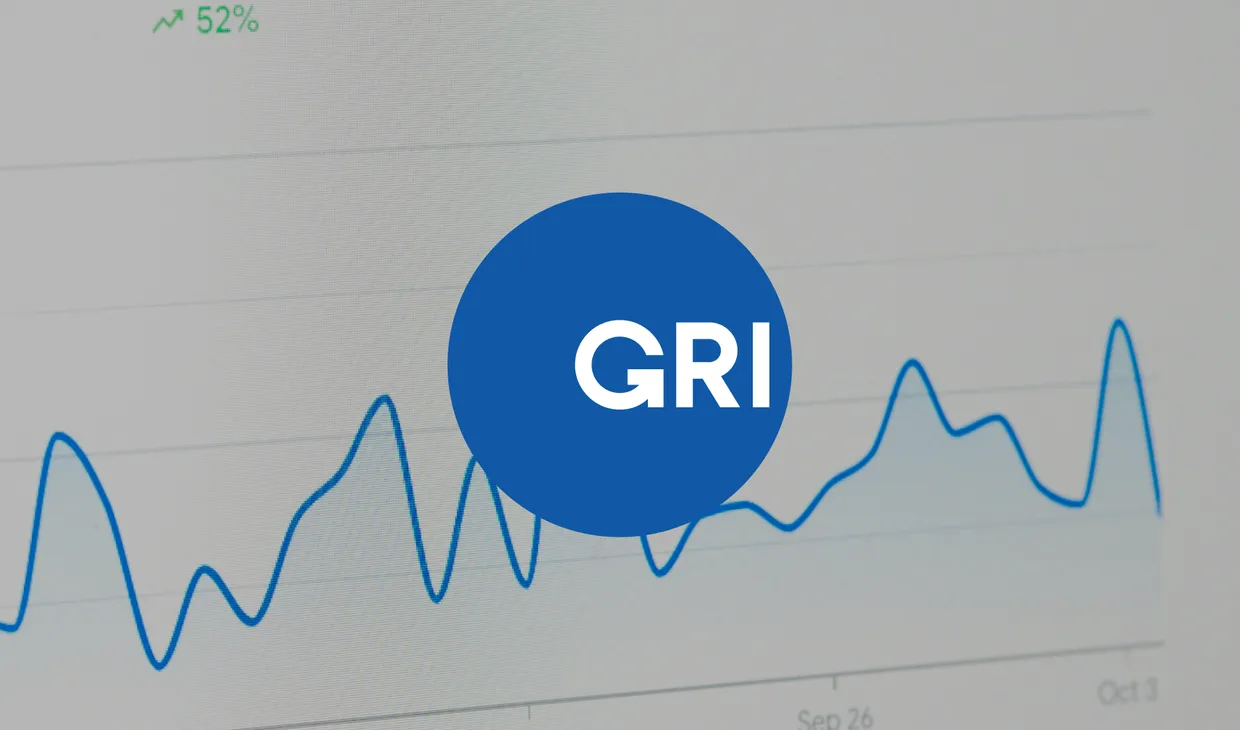
Sustainability reporting has come a long way. While it began as a voluntary disclosure, it is now a strategic necessity for organisations across the world. The reason? The growing environmental, social, and governance (ESG) expectations from regulators, investors, and other stakeholders. In order to meet them, companies need frameworks that bring structure and reliability to their reporting efforts.
The Global Reporting Initiative (GRI) Standards have become the leading framework to achieve this. They provide organisations with a consistent methodology to:
- measure
- manage
- and communicate their ESG impacts
They make sure that the disclosures are meaningful and auditable as well as aligned with global best practices.
A 2024 KPMG Survey of Sustainability Reporting examined 5,800 businesses. It included the largest 100 companies in 58 countries (N100). Out of these, 71% companies are now using GRI Standards. Among the world’s 250 largest multinational corporations (G250), adoption remains strong at 77%. Overall, 90% of reporting companies are opting for GRI Standards.
In this article, we’ll get deep into GRI reporting and how it helps organisations.
Strengthening Risk Management with GRI
GRI reporting provides a clear framework. It helps track, analyse, and communicate ESG impacts. This structured approach helps organisations identify risks before they escalate.
GRI reporting benefits include:
- ESG Insights: Organisations gain visibility into ESG risks across operations and supply chains.
- Data-Backed Decision Making: Quantitative and qualitative indicators provide measurable evidence for informed strategy. They also help with risk mitigation.
- Stakeholder Alignment: Materiality assessments take note of the issues that matter most to stakeholders. This assists organisations in prioritising and managing risks effectively.
It is through these mechanisms that GRI reporting goes beyond simply satisfying reporting requirements. It now stands strong in helping build organisational resilience.
Enhancing Compliance Readiness
Year by year, the complexity of regulatory frameworks is increasing, and so are the expectations of investors. Both of these can be challenging. GRI reporting helps organisations stay ahead by:
| Feature | Description | Benefit |
| Providing a Standardised Framework | Universal and sector-specific GRI standards offer a globally recognised blueprint for consistent reporting. | Ensures reporting consistency across regions and industries. |
| Ensuring Audit-Readiness | Structured and auditable ESG data supports compliance verification and reduces regulatory risk. | Reduces exposure to audits and strengthens compliance confidence. |
| Promoting Transparency | Clear reporting demonstrates proactive adherence to regulations. | Builds trust with regulators, investors, and other stakeholders. |
When GRI reporting is integrated into organisational processes, it streamlines and transforms compliance. It then remains no more a reactive task, rather it becomes a strategic advantage.
The Risks of Reporting Without GRI
Now that you know why GRI is important for reporting, here is a glimpse of the possible challenges in its absence. Organisations are likely to face significant hurdles that can impact both credibility and operational resilience:
- Inconsistent Data: ESG data collected without standardised indicators often lacks comparability. It can also be low on accuracy. Thus, it gets difficult to assess real performance.
- Higher Compliance Risk: In the absence of a recognised framework, reports may fall short of meeting regulatory or investor expectations. This can lead to an increasing exposure to audits or scrutiny.
- Limited Stakeholder Trust: Unstructured reporting can appear incomplete or biased. It might erode confidence among investors as well as regulators.
- Missed Strategic Insights: ESG risks may go unnoticed or unmanaged. This, in turn, will leave organisations vulnerable to ESG disruptions.
- Inefficient Processes: Lack of structured reporting can lead to duplicated efforts. There are chances of manual errors and wasted resources. All in all, the process of decision-making will slow down.
Therefore, reporting without GRI standards may satisfy basic disclosure needs but falls short of providing the three much-needed aspects of ESG reporting:
- Transparency
- Reliability
- Strategic value
Practical Steps for Implementation
| Step | Action | Purpose / Benefit |
| Conduct Materiality Assessments | Identify and prioritise ESG topics that are most relevant to operations and stakeholders. | Focuses reporting on the most significant issues and aligns with stakeholder expectations. |
| Map Data to GRI Indicators | Collect structured ESG metrics aligned with GRI standards for clarity and comparability. | Ensures consistency and reliability in ESG reporting. |
| Engage Stakeholders Continuously | Gather feedback from investors, regulators, and internal teams. | Maintains relevance, credibility, and trust in the reporting process. |
| Automate Processes | Use technology-enabled tools to streamline data collection and reporting. | Reduces errors, saves time, and improves efficiency. |
| Benchmark and Review | Evaluate reports against industry best practices. | Identifies gaps, strengthens ESG performance, and ensures continuous improvement. |
Conclusion
Transparent GRI reporting demonstrates maturity and reliability. It enables organisations to
- anticipate risks
- comply with evolving regulations
- communicate sustainability efforts
So, we need structured and assurance-ready reporting today. It can turn compliance requirements into useful information and strategic chances.